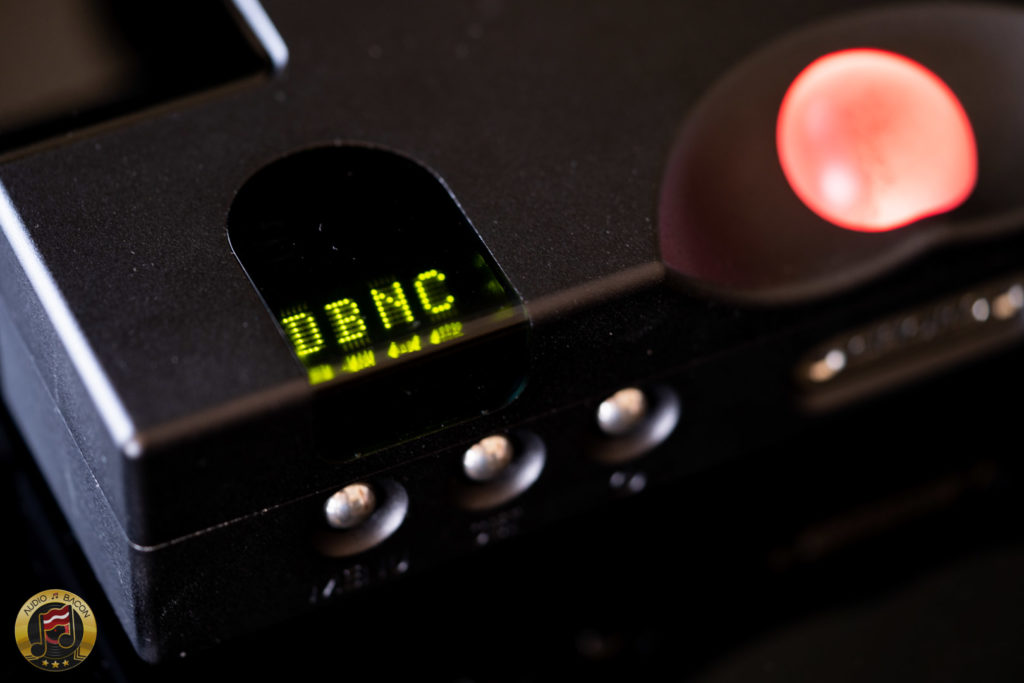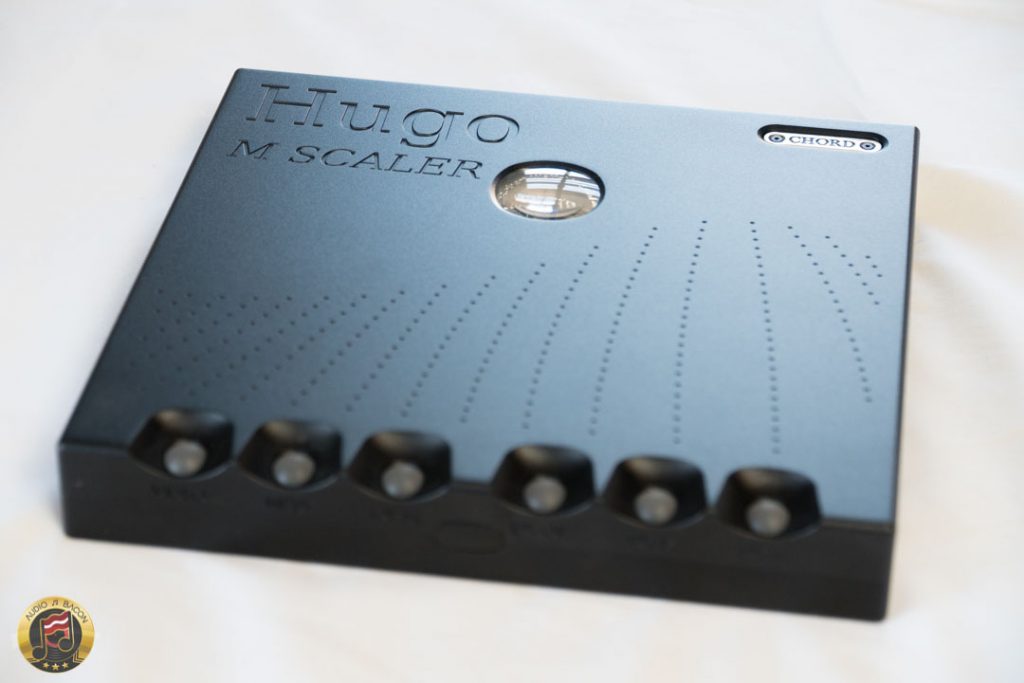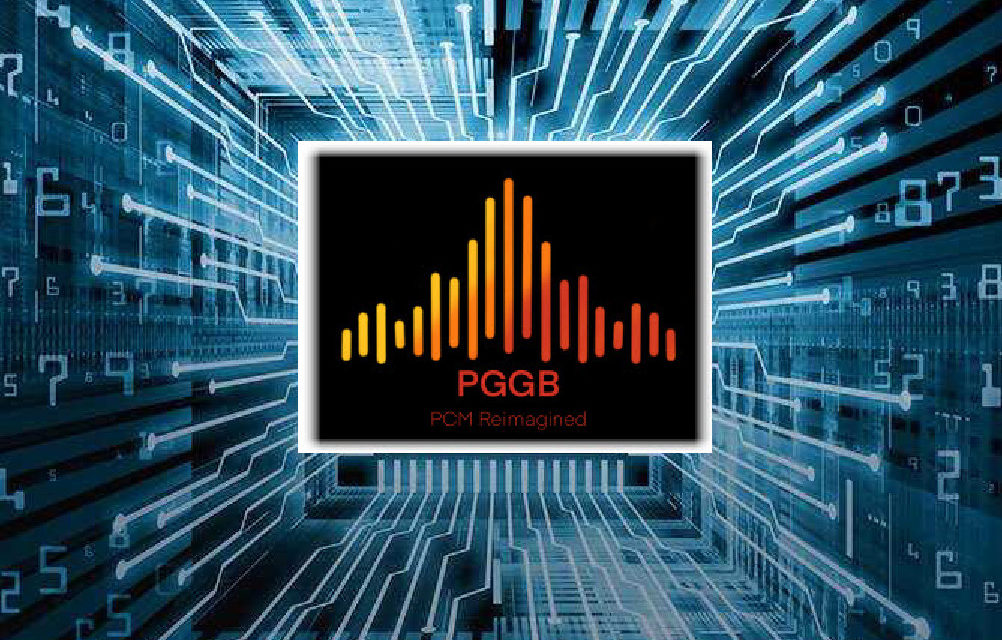Comparisons
Contents
If there’s enough interest (let me know in the comments), I’ll spend the time to compare PGGB to Roon, Audirvana, and HQPlayer’s upscalers. But most of you seem to be curious about how PGGB stacks up against the Chord Electronics Hugo M Scaler (HMS) – and obviously for my setup this was easier to test.
Offline upscalers like PGGB offer a fresh perspective distinct from the more prevalent real-time upscaling solutions, such as the HMS. This is unsurprising given a trend driven by the dominance of streaming services. The intrigue around how PGGB’s approach compares with the real-time processing underscores a curiosity-driven exploration rather than a direct competition. In other words, given HMS’s purpose is real-time upscaling, it’s not really comparing apples to apples. Some indie albums are only available via stream, which HMS can upscale, but PGGB cannot. It’s more apt to view it as a potential ally to PGGB’s offline capabilities, each representing a different facet of improving sound quality.
Logically speaking, however, the PGGB files should sound better having been through an a intensive offline conversion versus HMS being at runtime. But “better” is subjective. Spoiler alert: It’s obvious their approaches to upscaling are very different.
Chord Electronics Hugo M Scalers vs. PGGB
Embarking on a comparison between PGGB and HMS isn’t about declaring a winner but rather delving into how each upscaler shapes the sound. The HMS is renowned for its smooth, almost analog quality that gently rounds off the digital harshness, creating a more cohesive listening experience. On the flip side, PGGB aims for a pristine, well-defined soundstage, and speedy transients.
Examining tracks like Damien Rice’s “9 Crimes” and Eva Cassidy’s “Take Me to the River – Live at Blues Alley,” the contrast becomes evident. The HMS produces a sound that’s smoother and more fully contoured. Whereas PGGB focuses on articulation. Bringing forth texture and clarity that makes each instrument stand out. And offering a more dynamic, live-like energy to the music. Further illustrated by “Mr. Brightside” by The Killers and Evanescence’s “My Immortal Band Version,” HMS opts for a more relaxed, velvety, “down to earth” sound, while PGGB fills the listening room with greater transparency, fibrous lines , and a leaner but more textured presentation. So both upscalers infuse more realism from the the original recording…but in different ways.
At least subjectively, these two upscalers don’t have much in common in their approach. In essence, HMS and PGGB cater to different tastes, each with its own merits. HMS is all about smooth, palpable and “gravitational” sound. It’s easy on the ears, crafting a more molded and tangible listening experience. In contrast, PGGB appeals to those who seek out the finer details and nuances in music, offering a vivid, expansive soundstage that brings recordings to life with remarkable clarity. Transients are “edgier” as well. The decision between HMS, PGGB, or sticking with the original recordings hinges on individual taste, balancing the desire for analytical depth against the allure of musical warmth and romance. And everything in-between.

Bottom-line
Ultimately, the choice between HMS and PGGB may boil down to individual listening habits and preferences. HMS could be the go-to for audiophiles who stream most of their music and value a smoother, more congealed sound. With the HMS, the performers and their instruments have more mass and shape, but fewer textures. Meanwhile, PGGB might appeal more to listeners with a large offline music library, who prioritize transparency, clarity, and the ability to customize their listening experience through precise upscaling adjustments. Both technologies offer remarkable enhancements to digital audio, each contributing uniquely to enriching the listening experience in their own right.
PGGB with Chord Electronics DAVE
For those interested in DAVE impressions. Utilizing PGGB with Chord Electronics DAVE transforms the listening experience, particularly because DAVE’s inherent clarity and analytical prowess are magnified. DAVE, renowned for its transparent and detailed sound, benefits immensely from PGGB’s upscaled files, especially at 16FS. The upscaled files render the music with enhanced density, openness, and an eerily quiet background, allowing every subtle musical nuance to shine through with impeccable focus and isolation. The contrast between the original 44.1 kHz files and PGGB’s 705.6 kHz, 128-bit upscaled files is stark; the latter presents the music with a coherence and smoothness that make the original files seem almost disjointed in comparison.
The 705.6 kHz (32-bit), 256-bit full upscale with PGGB introduces an even more profound improvement. Music becomes smoother, with further improvements in solidity and cohesion. Surprisingly, this higher precision upscale lends a warmer texture to the music (for some recordings), enhancing tonal contrasts and the sense of physical presence within the soundstage. This level of upscale provides a confident listening experience, showcasing more pronounced tonal variations and a richer texture, which is particularly beneficial for a DAC like DAVE that excels in revealing fine details.
While the original 44.1 kHz files retain a certain warmth and a hint of low-end rumble, PGGB’s upscaled versions offer a more refined and articulated bass, along with a smoother and more three-dimensional portrayal of vocals and instruments. The original music files possess a rawness that some may find appealing, but the clarity and depth achieved with PGGB’s upscaled files on DAVE are undeniable. For DAVE users, PGGB represents a significant enhancement, making it an essential addition for those trying to squeeze out the most musical detail and spatial accuracy out of their system.

Passing 705.6/768 kHz PGGB to Hugo M Scaler
Curiosity led me to experiment with passing maxed-out upscaled files through the Hugo M Scaler (HMS) to the Chord TT2/DAVE. This is for those who want to use both HMS and PGGB together.
Despite the HMS being in passthrough mode, a notable difference emerges when comparing this setup to playing a 705.6/768 PGGB file directly through the TT2/DAVE. The HMS, even without technically upscaling, seems to add an analog warmth and solidity, creating a smoother, more cohesive sound. This contrasts with the direct path’s vibrancy, clearer transients, and enhanced clarity, which brings the music to life with more detail. So if you find you could use a bit more resolution with the HMS, this might be your ticket.
For instance, in Jack Johnson’s “Flake,” the direct TT2/DAVE path showcases tight drum snaps and beautiful top-end clarity, simulating a live performance’s energy. Conversely, the HMS passthrough yields a denser and warmer sound, sacrificing some crispness for a fuller body. For this track, I personally preferred the HMS in the path.
In tracks by The Ataris, the HMS’s smoothness stands out, especially in complex arrangements, providing an easy (less harsh) listening experience. Yet, the direct TT2/DAVE path shines in delivering a more dynamic and live concert-like experience, with more obvious separation, excitement, and depth. Lyrics become more intelligible, and individual notes are more distinct, leading to a more attention and insight. For this track, although not nearly as smooth, I preferred PGGB’s more raw qualities.
The only way to know which one you’d prefer is to hear it for yourself.










Recent Comments